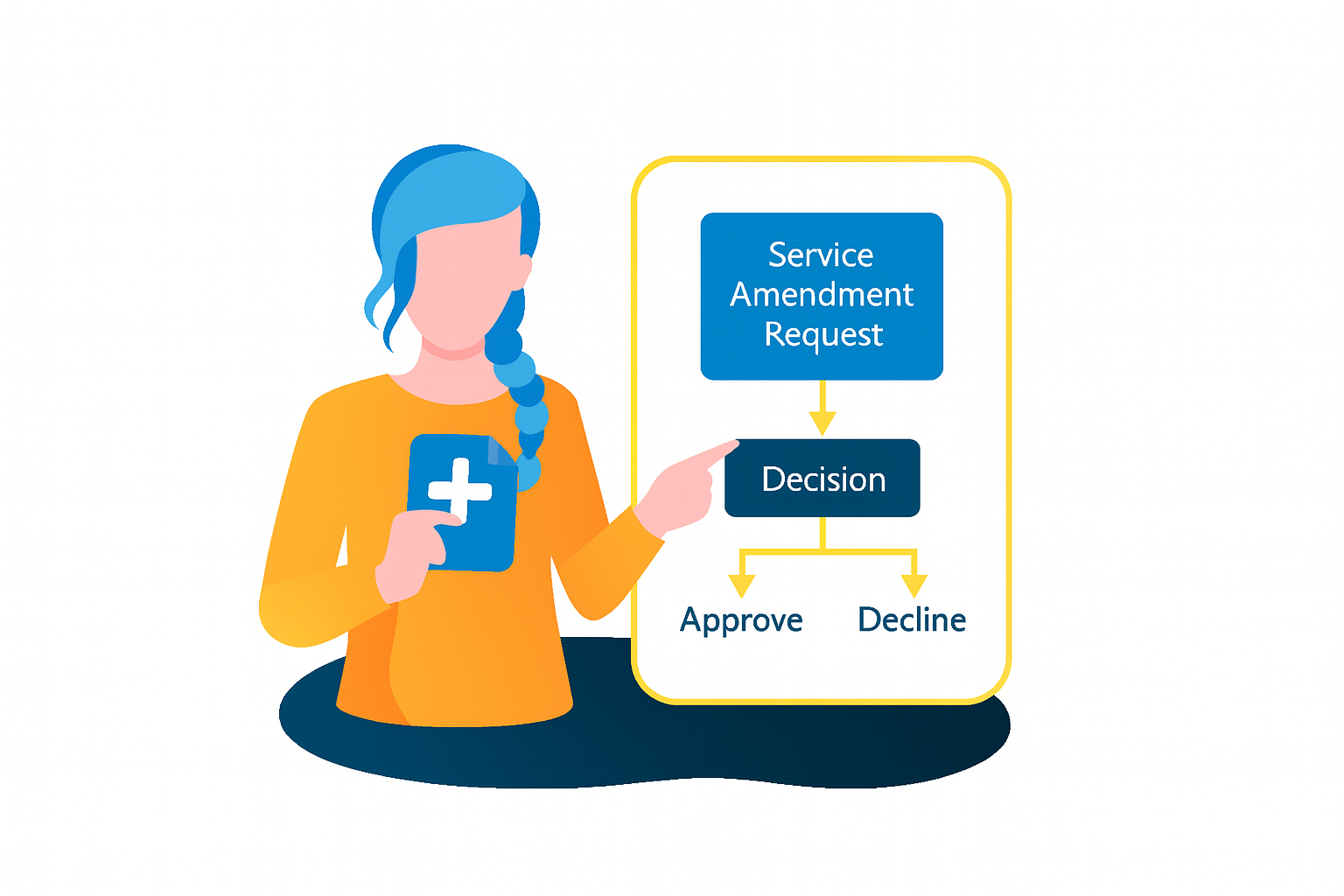Collating NSTAR
From the moment a request is submitted, NSTAR provides a structured, auditable workflow that guides the change through each approval stage. It begins with the Submitter, who initiates the request for service modification—be it a custom configuration, revised delivery schedule, or an SLA adjustment.

Collating NSTAR (Non-Standard Terms and Requests) submissions provides a valuable source of real-world, unfiltered market research. Unlike traditional polls or speculative analysis, NSTAR data reflects direct customer demand and emerging trends. By systematically capturing and analysing these requests, the business can identify which service amendments or additions are consistently being asked for, revealing shifts in priorities across industries, geographies, or compliance frameworks. This insight can guide strategic decisions with far greater accuracy than generic surveys, allowing the organisation to remain tightly aligned with actual customer needs.
From a commercial standpoint, centralising NSTAR requests significantly reduces reliance on costly marketing research and outreach campaigns. Rather than commissioning external agencies to gauge customer sentiment or future demand, organisations can derive actionable intelligence from their own operational data. This internal feedback loop not only saves budget but also delivers more relevant results, as it is based on requests from existing or prospective clients actively seeking enhancements. These insights can feed directly into sales enablement, ensuring the commercial team is better informed about what prospects are truly asking for.

For Product Management and Service Design teams, NSTAR analysis becomes an early warning system and innovation driver. By flagging frequently requested capabilities or features, teams can prioritise development efforts that are likely to have immediate commercial uptake. This allows for more accurate and customer-driven Product Roadmaps, reducing the risk of wasted development effort on low-impact features. Additionally, when integrated with service feasibility assessments, the business can use NSTAR volumes to justify fast-tracking new SKUs or defining repeatable packages for previously bespoke offerings.
Finally, collated NSTAR data plays a critical role in workforce development within the SOC or broader service delivery teams. Patterns in requests may highlight gaps in current delivery capabilities, prompting targeted training or upskilling initiatives. For example, a surge in demand for cloud-native security analytics or AI-driven automation might signal the need for specialist certifications or team restructuring. This ensures the business remains operationally ready to support evolving customer needs while also fostering professional growth among technical staff.